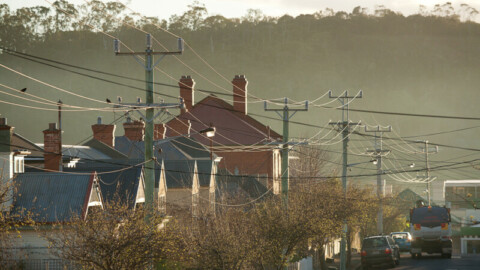The Australian Energy Market Operator (AEMO) has released its latest analysis which has observed that the connected and committed capacity in Western Australia’s (WA) South West Interconnected System (SWIS) is forecast to be sufficient to meet projected demand over the next ten years.
AEMO’s 2019 Wholesale Electricity Market Electricity Statement of Opportunities (WEM ESOO) forecasts electricity demand and operational consumption across a range of scenarios over a ten-year outlook period to inform the decision-making processes of market participants, new investors, and policy-makers as they assess future development opportunities.
This WEM ESOO illustrates how the rapid uptake of behind the meter PV, which includes both rooftop solar and large-scale commercial systems, is transforming the West’s major power system. As a result, both peak demand and operational consumption growth remain subdued.
Executive General Manager of AEMO, Western Australia, Cameron Parrotte, said, “Based on the 10 per cent Probability of Exceedance (POE) scenario, the Reserve Capacity Requirement for the 2021-2022 Capacity Year has been determined as 4,482MW, which is a slight decrease from the 4,581MW target in 2020-21 identified in last year’s report. “
Over 27 per cent of WA households currently have rooftop PV installed and this number will increase in the coming years to reach an estimated 2,500MW of installed capacity by 2028-29.
AEMO also forecasts the trend of increased renewable generation capacity will continue, with the present level of 670 megawatts of nameplate capacity expected to increase to 1,215MW by 2021.
“The growth of renewable generation in WA continues to drive a paradigm shift in the power system. These changes in the generation mix are in line with those observed in other electricity systems including the National Electricity Market (NEM) of eastern and southern Australia,” said Mr Parrotte.
The SWIS includes more than 1.1GW of connected behind the meter PV, whichcollectively has become the largest generator in the SWIS.
This changes in the generation mix is leading to a reduction and displacement under certain seasonal and operating conditions of those generating units Australia historically relied upon to supply grid services, such as frequency control, inertia, system strength and good voltage control.
To ensure the needs of the system are met as it transitions to a cleaner, but more variable market, AEMO believes the review of technical standards, regulatory, and market constructs are required, with practical and careful design needed to implement or incentivise new technologies in the SWIS.
“As the independent market and system operator, AEMO is working closely with both government and industry stakeholders to manage a smooth, secure transition to a lower emission future.
“Projects like the Western Australian Government’s Energy Transformation Strategy, the upcoming WEM reviews, and further infrastructure development in the SWIS, are all well underway.
“These important developments are focused on ensuring consumer expectations for reliable, secure and affordable energy are addressed,” said Mr Parrotte.
















